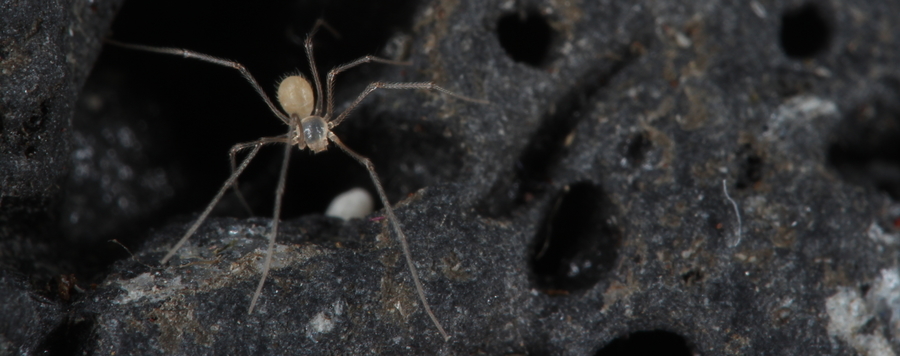
Metagonia spiders of Galápagos
The spider genus Metagonia has been represented on the Galápagos Islands by two blind species inhabiting lava tubes on Isabela and Santa Cruz. Epigean relatives had not been found on Galápagos and were thus thought to be extinct. During a collecting trip in 2019 we found two epigean species and a third blind hypogean species. Here we describe these new species based on males and females, redescribe both previously known species, and add all five species to the recently published molecular phylogeny of Pholcidae, together with more than 30 further congeners from the mainland. Galápagos Metagonia is recovered as a monophyletic group within the South American–Caribbean M. potiguar group. Galápagos Metagonia is divided into an epigean clade and a hypogean clade. Each species is restricted to an individual island (Isabela or Santa Cruz; with one possible exception), suggesting that the epigean Metagonia species are native rather than introduced.






